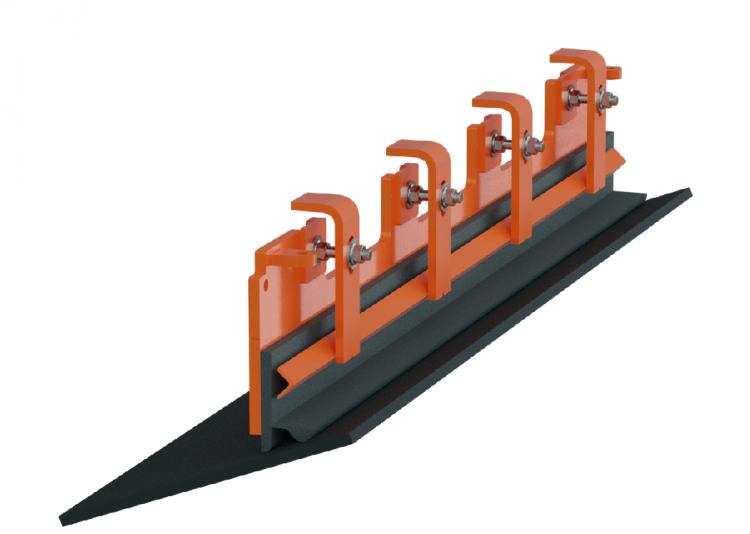Resources
| Brochure - Transfer Point Solutions | Download |
| Tech Data Sheet - Skirting Selection Guide | Download |
| Tech Data Sheet - ApronSeal™ Single Skirting | Download |
| Operator Manual - ApronSeal™ Single Skirting | Download |
| Drawing - ApronSeal™ Single Skirting with Quick Release Clamp Installation | Download |
| Drawing - Low Profile Angle Clamp with 1-Piece ApronSeal™ | Download |
| Drawing - Low Profile Angle Clamp with ApronSeal™ Skirting and Quick Release Clamps | Download |
| Drawing - ApronSeal™ Single Skirting with Angle Clamp Installation | Download |
